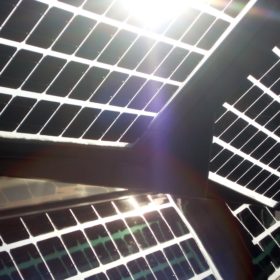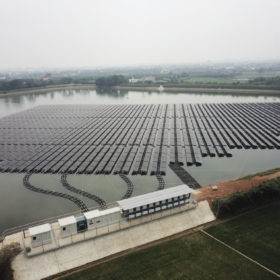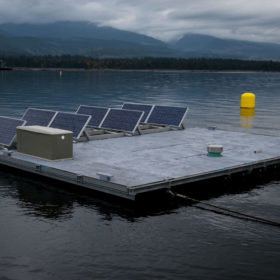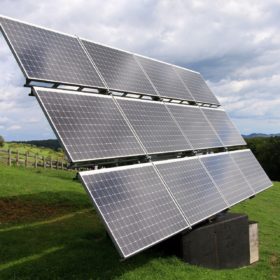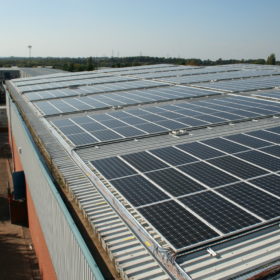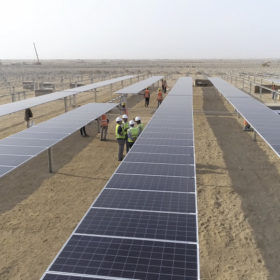Rectangular aluminum fins for PV module cooling
Scientists in Pakistan have proposed a new passive cooling technique which they claim can improve a module’s open-circuit voltage by up to 12.97% and its efficiency by up to 2.08%.
Floating PV paired with hydroelectric dams to cover peak load
A research team from Pakistan has modeled the addition of a floating PV array to an existing dam project to increase the availability of power during peak load hours.
Active cooling for PV modules in floating arrays
Saudi Arabian and Pakistani scientists have created a serpentine cooling block structure to improve the efficiency of PV panels in floating solar projects by around 1.5%. The cooling block can be filled via a low-cost, 15.6 W commercial 12 V DC water pump with cool water.
Fuzzy logic MPPT to improve PV system performance
A Pakistani-Chinese research group has demonstrated a new maximum power point tracking method, based on a fuzzy logic algorithm to provide faster results. The converter tech is claimed to have an impact on PV system efficiency and provide isolation between the load and the PV array.
Cooling PV modules with passive technique based on finned heat sink
A Pakistani research team has assessed the performance of a passive heat sink cooling technique in two different configurations: one using rectangular fins and one based on circular fins. The rectangular configuration was the best in terms of heat rejection. Modules mounted with this solution had a 6 C lower temperature than modules without cooling systems.
Pakistani regulator expects solar capacity to hit 27 GW by 2047
Solar and wind are expected to account for a growing share of the electricity mix in the years ahead, rising from around 3% at present to 23% by 2030. Over the following two decades after that, however, this share will likely remain unchanged, as the national regulator expects the country to deploy more coal-fired generation capacity.
The best string configurations to avoid mismatch losses from rooftop PV shading
Researchers in Pakistan have evaluated the impact of shading on inverter set-ups to assess PV system performance. Tests were conducted on a 51 kW system featuring SMA inverter topologies but the researchers say the findings could be applied to products from other manufacturers. The results showed the number of maximum power point trackers is important but levelized cost of energy calculations are also crucial to selecting the right inverter configuration.
Syria launches tenders for 63 MW of solar
The Ministry of Electricity Transmission Establishment is seeking to build a 23 MW solar facility in Damascus and a 40 MW plant near Homs.
Pakistan Post wants solar
The postal operator, which is present in 12,000 locations nationwide, wants PV facilities to power its operations. Bidders have until February 20 to deliver on a call for expressions of interest and pre-qualify for the tender.
Solar is gaining traction in MENA region – but plenty of obstacles remain
Solar deployment continued to pick up in the Middle East and North Africa in 2019, the Middle East Solar Industry Association has said in its annual report.
